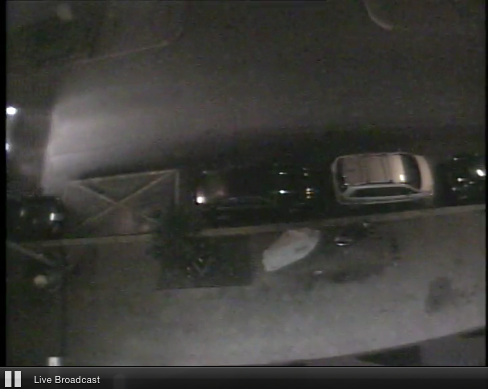(addition to this article)
3 CAMs on different USB BUSs:
# lsusb |grep SMI Bus 008 Device 095: ID 1c88:003c Somagic, Inc. SMI Grabber (EasyCAP DC60+ clone) [SMI-2021CBE] Bus 003 Device 008: ID 1c88:003c Somagic, Inc. SMI Grabber (EasyCAP DC60+ clone) [SMI-2021CBE] Bus 001 Device 010: ID 1c88:003c Somagic, Inc. SMI Grabber (EasyCAP DC60+ clone) [SMI-2021CBE]
Info: if you connect two SMI Grabber Sticks on the same USB-Bus, the bandwidth will not be enough. You need somagic-capture with multiple device support!
Init your devices:
retcode=0 while [ $retcode -eq 0 ]; do somagic-init retcode=$? done
define your cams with xinetd:
/etc/xinet.d/vid0:
service vid0
{
disable = no
socket_type = stream
port = 7100
bind = localhost
protocol = tcp
wait = no
user = root
server = /usr/local/bin/somagic-capture
server_args = -d 1 -p
type = UNLISTED
}
/etc/xinet.d/vid1:
service vid1
{
disable = no
socket_type = stream
port = 7101
bind = localhost
protocol = tcp
wait = no
user = root
server = /usr/local/bin/somagic-capture
server_args = -d 2 -p
type = UNLISTED
}
And so on… (-d 1-9 sets the device number)
Define the needed count of fcgiwrappers in /etc/init.d/fcgiwrap to view more than one cam at the same time:
FCGI_CHILDREN="3"
Info: 3 means one client (Browser/App) can view 3 cams at the same time or 3 clients can view one cam. If you want 3 clients (PC-Browser, smartphone and tablet) can view 3 cams at the same time, then you need 3*3=9 child’s!
install ZoneMinder:
configure your cams in ZoneMinder:
https://yourdom.tld/zm/ create Monitors for every cam:
- Source Type: libvlc
- Source Path: tcp://localhost:7100
- Options (?): –demux=rawvideo,–rawvid-chroma=UYVY,–rawvid-width=720,–rawvid-height=576,–rawvid-fps=25,–rawvid-aspect=4:3

